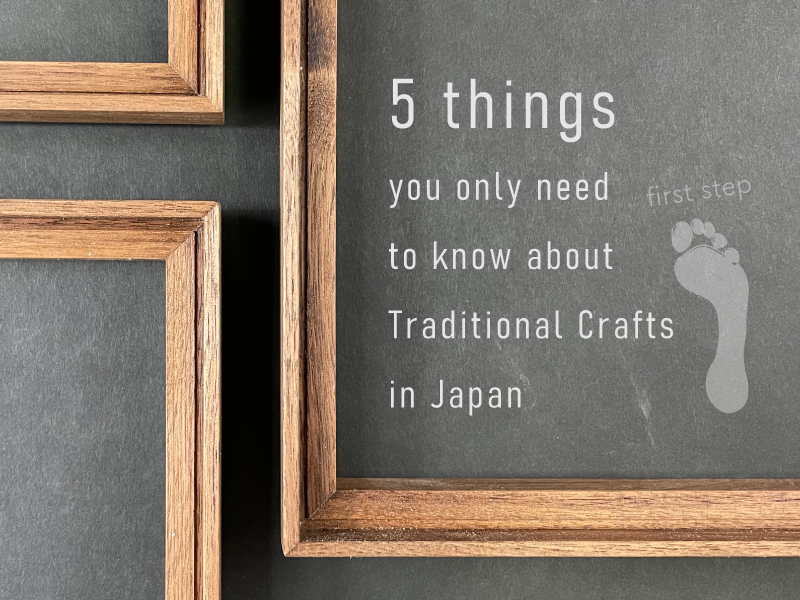
It is one of the authentic experiences you can get in Japan; looking at, knowing, or/and getting Local Traditional Crafts in Japan. But do we all know “what exactly Traditional Crafts of Japan/the Region means”?
In this article, we will tell you 5 things you only need to know about “The Traditional Crafts” in Japan. This article will take you to the “knowing about it a bit more than average Japanese people” level.
- WHAT ARE JAPANESE TRADITIONAL CRAFTS?
- DESIGNATED BY THE MINISTER OF ECONOMY, TRADE AND INDUSTRY
- DESIGNATED BY PREFECTURE
- THE MARKS FOR YOU TO KNOW “THE ONEs”
- THE TRADITIONAL CRAFTS ARTISANS
WHAT ARE JAPANESE TRADITIONAL CRAFTS?

As you can see, among crafts, we have “nontraditional crafts” and “traditional crafts”. Among “traditional crafts” there are “non-designated traditional crafts” and “designated traditional crafts”.
Then, what does differ from “traditional” and “nontraditional”? Apparently, there is no specific definition of it. If we borrow the definition of “traditional” from some of the designated traditional crafts, something has been made before the Meiji era (1886-1912) or for more than 100 years. So, we could say “100 years” is one line to differ something is “traditional” or not.
Now, among traditional crafts, let’s look at “designated traditional crafts”. When we, “KoLe SHIKOKU, Japan”, say “traditional crafts” outside of this article, it means “designated traditional crafts”.
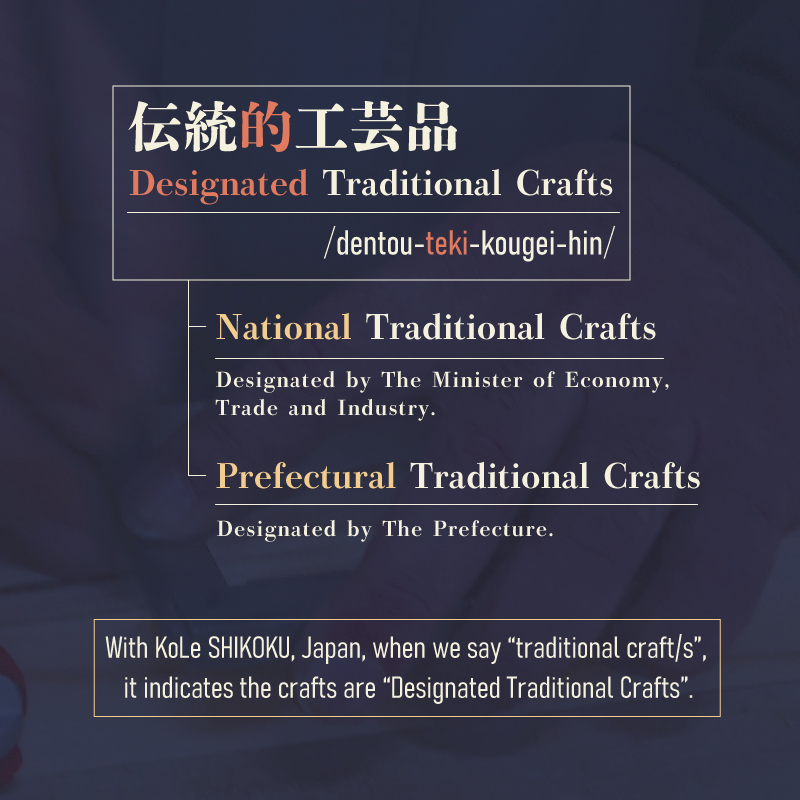
There are 2 types of designated traditional crafts in Japan. One is National Traditional Crafts and the other is Prefectural Traditional Crafts. One is designated by the Japanese government, the other is designated by prefectures. Other than “who decides what are the traditional crafts”, what are the differences between these? Let’s find out.
In this article, for the Prefectural Traditional crafts, we show you the cases of Kagawa prefecture, where we are.
Designated by The Minister of Economy, Trade and Industry
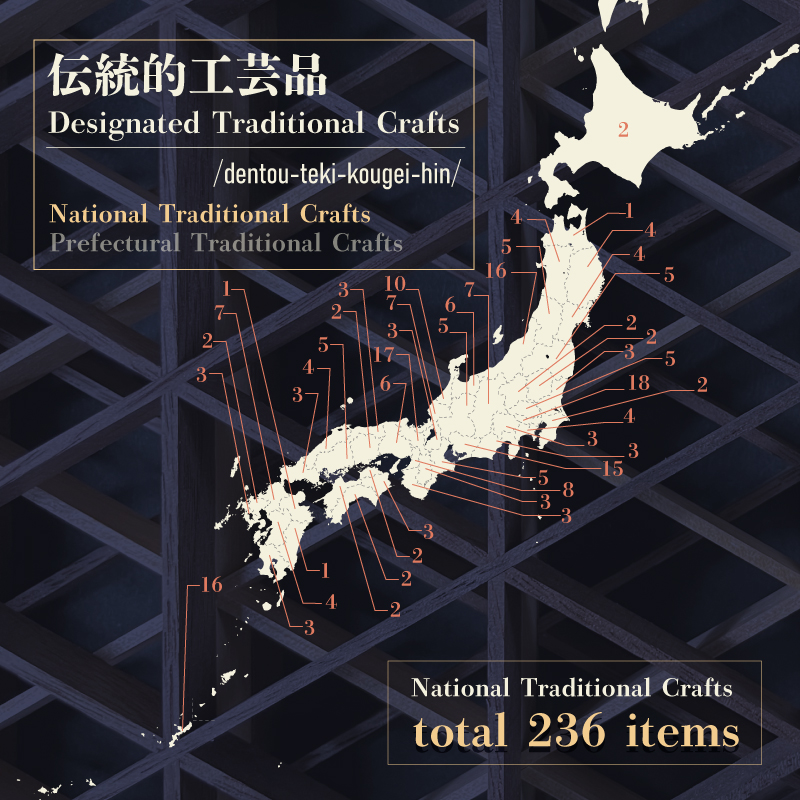
Currently (at the point of 2021 Jan 15th), 236 items are listed as National Traditional Crafts, from all over Japan.
What kind of conditions are those 236 items cleared? Here is the list of its conditions.
- Crafts which mainly used for everyday life
- The important part of the production is mainly handcrafted
- Produced with traditional techniques
- Main materials must be the material have used traditionally
- Small number of people produce them and/or are engaged in the industry in certain areas
- The crafts satisfy all above 5 points and are designated by the Minister of Economy, Trade, and Industry accordingly to The ‘Law for the Promotion of Traditional Craft Industries.
Yes, there is a law about it! And their definition of “traditional” is 100 years.
Now, we know the national standard of designated traditional crafts. Let’s compare with Prefectural Traditional Crafts!
Designated by The Prefecture
There are 47 prefectures in Japan. Prefectures are like states or counties. Each prefecture has its own designated traditional crafts. Here, we’ll show you the example of Kagawa prefecture, where we are in.

37 items are listed as Traditional Crafts of Kagawa. Let’s see what are the conditions.
- It has to be craft
- The crafts have to be produced in Kagawa prefecture
- Crafts which mainly used for everyday life
- The important part of the production is mainly handcrafted
- Produced with traditional techniques
- Main materials must be the material have used traditionally
- The crafts satisfy all above 6 points and are designated by Kagawa Prefecture.
Also, we would like to mention the definition of “traditional” by Kagawa prefecture. It is “before the Meiji era (1886-1912).
The National Traditional Crafts states “100 years or more”. There is a possibility that something we have been using since 50 years ago could get on the list 50 years from now. But with the rule of traditional crafts of Kagawa, only the crafts have been made before 1912. It is not about which is better. We are just pointing out what kind of difference would occur over a century.
Now, let’s have a little break.
So far, you have learned these already:
+ You know the definition of “crafts”, “traditional crafts” and “designated traditional crafts”
+ You know there are 2 types of designated traditional crafts: “National Traditional Crafts” and “Prefectural Traditional Crafts”
+ You know the conditions of “National Traditional Crafts”
+ You know the conditions of “Traditional Crafts of Kagawa” as an example of one Prefectural Traditional Crafts
At this point, you know more than average Japanese people!!
Now, let’s step a few steps further!
THE MARKS FOR YOU TO KNOW “THE ONEs”
When you want to get something from PRADA. You want PRADA, not BRADA, right? The same thing can be said for The Traditional Crafts of Japan or prefectures. Now, you know what they are by conditions. But can you tell by their look? Good news! There are marks to show if the items are the designated traditional crafts.
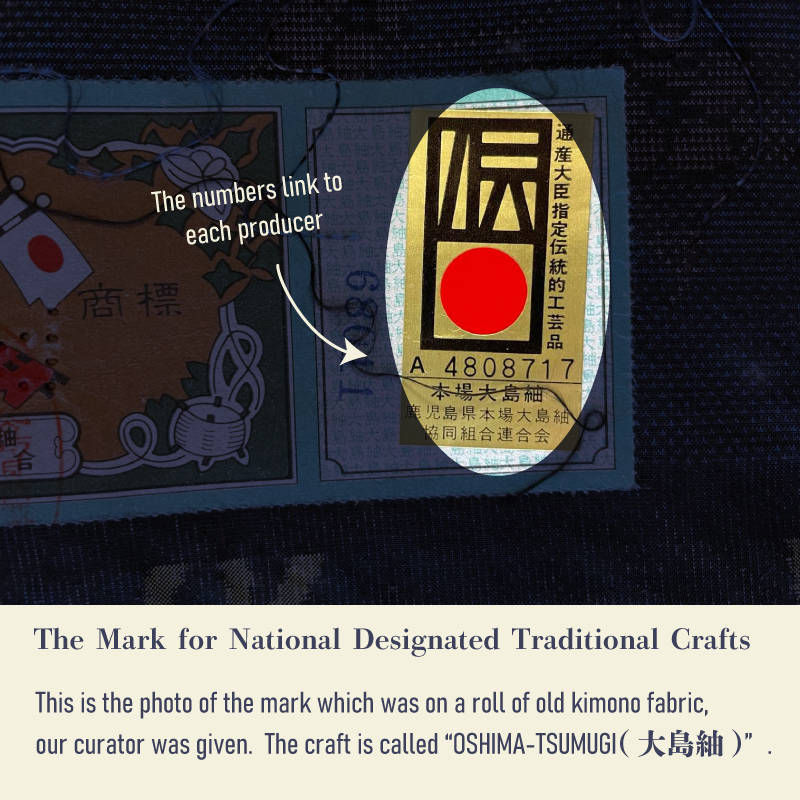
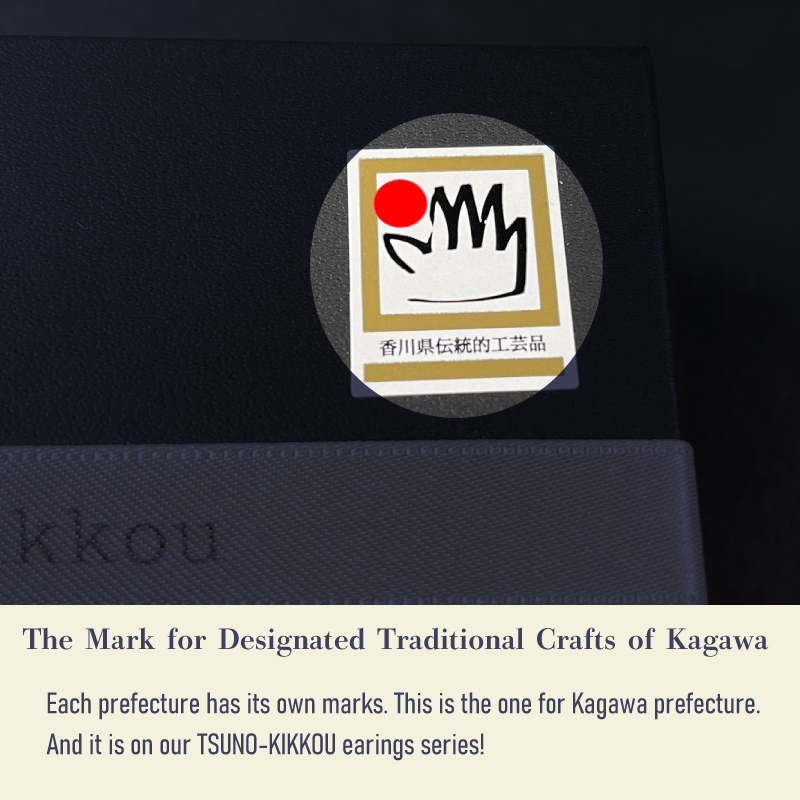
We have talked about “craft” itself, but we didn’t talk about the PEOPLE who are creating them. Let’s talk about them.
THE TRADITIONAL CRAFTS ARTISANS
Like the designated traditional crafts, there are systems to certify artisans who produce the traditional crafts. The ones only certified by the government or prefectures can call themselves “伝統工芸士 /dentou-kougei-shi/”, the certified artisans.
The certified artisans have also 2 types depending on what they produce. One produces the National Traditional Crafts, the other produces the Prefectural Traditional Crafts. Now, let’s see what does it take for craftsmen to be certified traditional crafts artisans.
To be the artisans of traditional crafts of Japan
- The craftsmen who produce crafts listed in designated traditional crafts of Japan
- More than 12 years of work experience
- To pass the examination
To be the artisans of traditional crafts of the prefecture (ex. Kagawa Prefecture)
- The craftsmen who produce crafts listed in designated traditional crafts of Kagawa
- The craftsmen who have high skills, techniques, and knowledge
- More than 20 years of work experience and currently in the industry
- The ones who have contributed to the promotion of traditional crafts
- The ones who have a noble personality
That’s all!! 5 things you only need to know. Now, you know well enough to enjoy traditional crafts in Japan!
Our listed artisan: Takashi Morimoto
Takashi Morimoto is a certified traditional craft artisan of KUDE-SHOUJI, the Traditional Craft of Kagawa. We are very honored to be able to introduce his items to you. May we interest you in the 9 stories of his path?
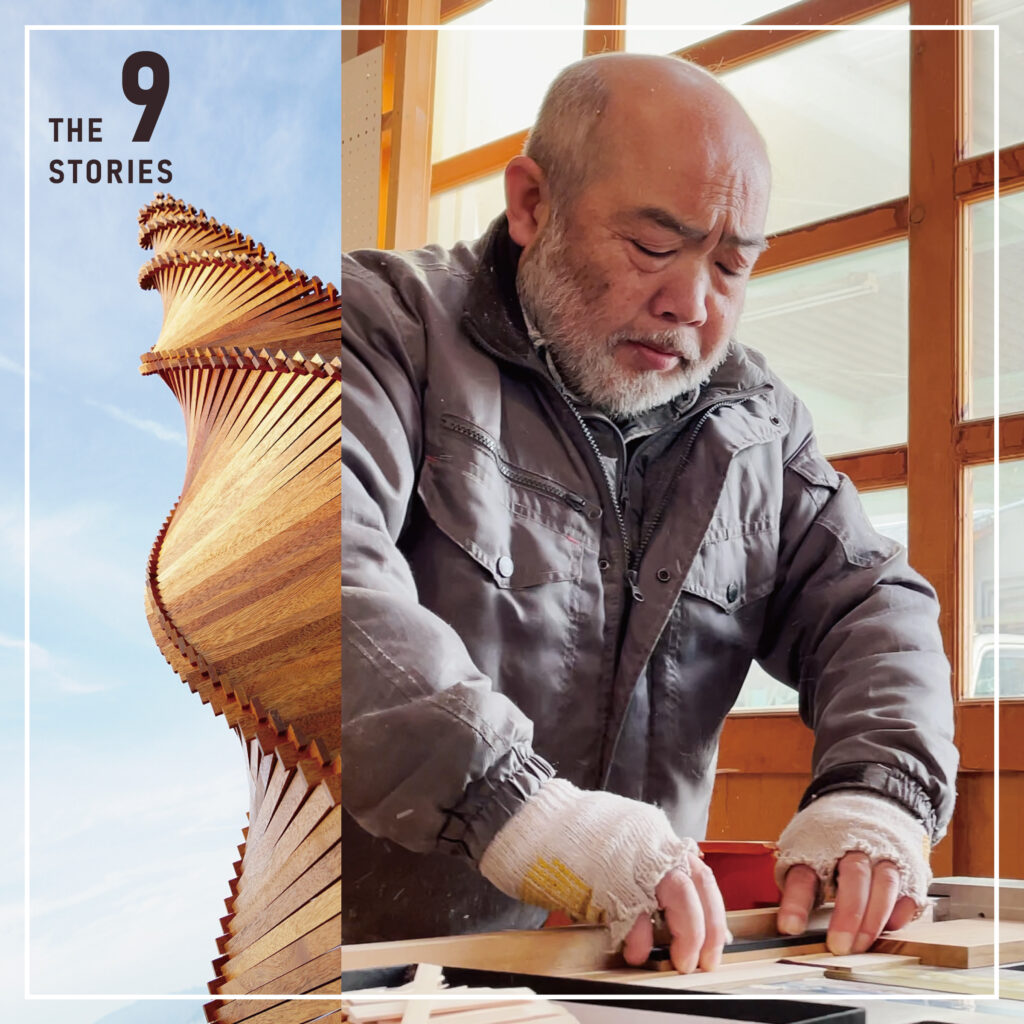
THE 9 STORIES of
TAKASHI MORIMOTO
- Who is Takashi Morimoto?
- What does it take to be a certified traditional craft artisan?
- What is his craft?
- Born as the 3rd generation of the joinery shop
- Why was the mechanical engineering course?
- Marrying his muse
- Disappearing crafts
- Training new generation
- The Dream: One day…
His products you can get from us
These are just the part of what he creates. So, if you are interested in his work, himself, or what we can help you with, please contact us!

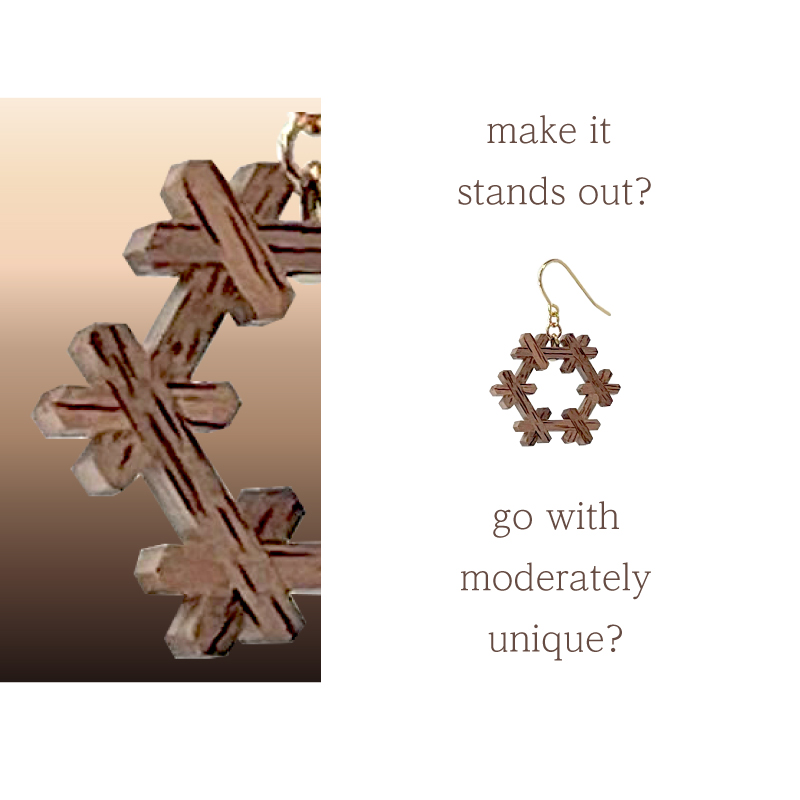
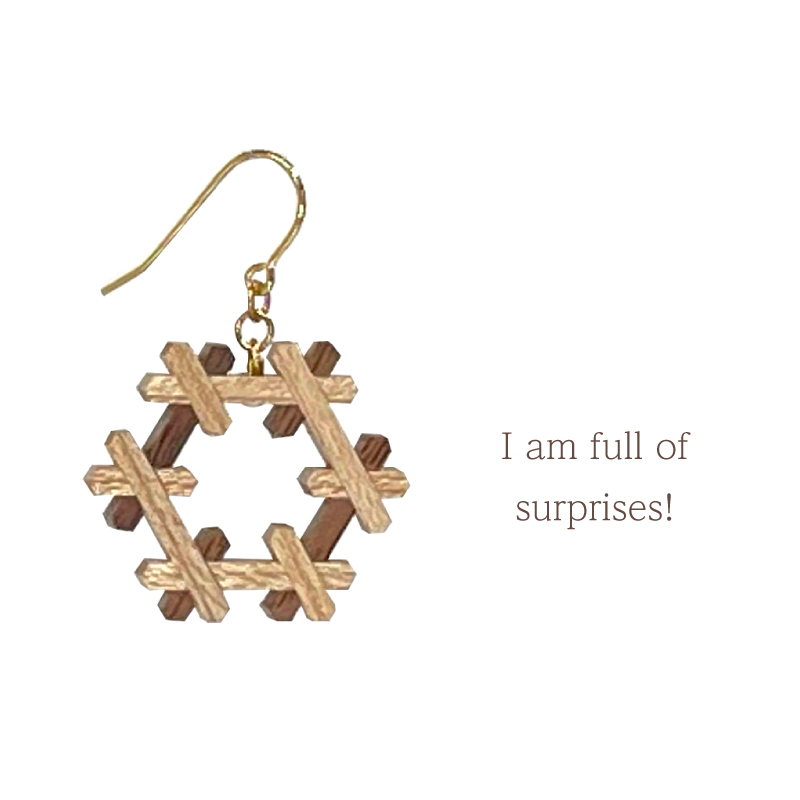
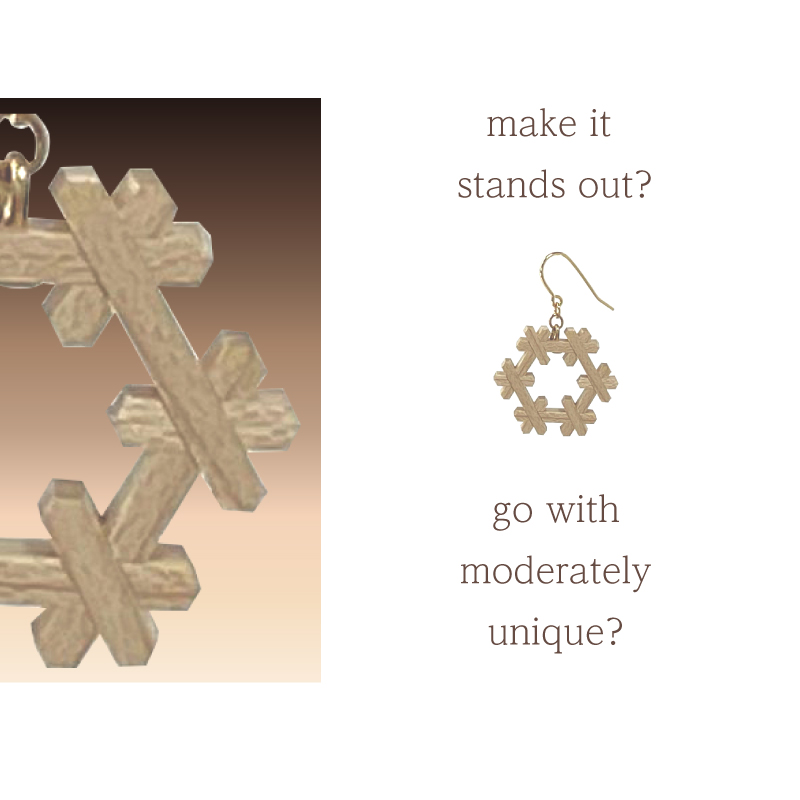
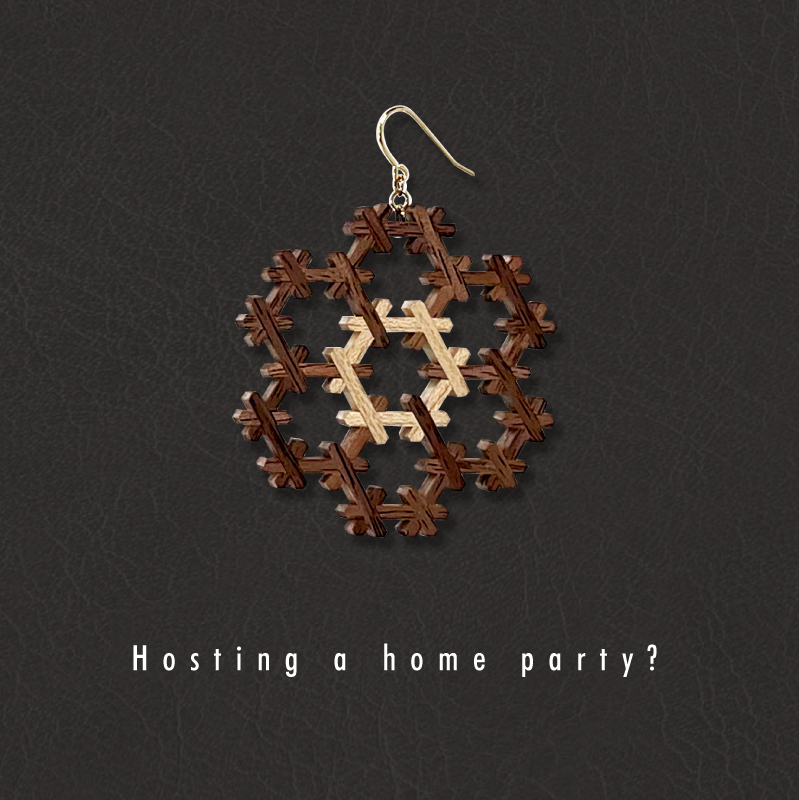
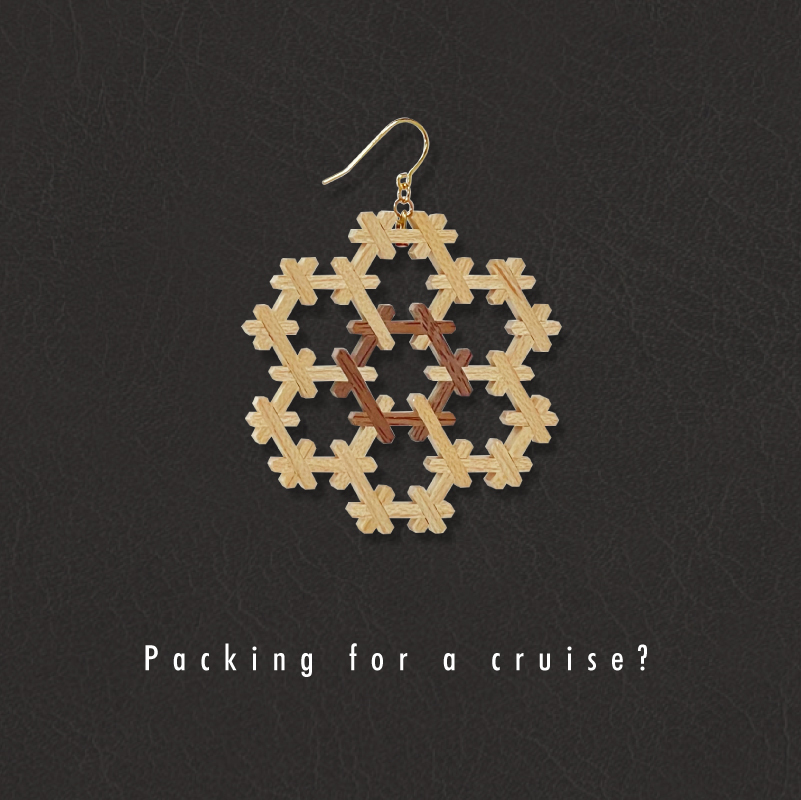
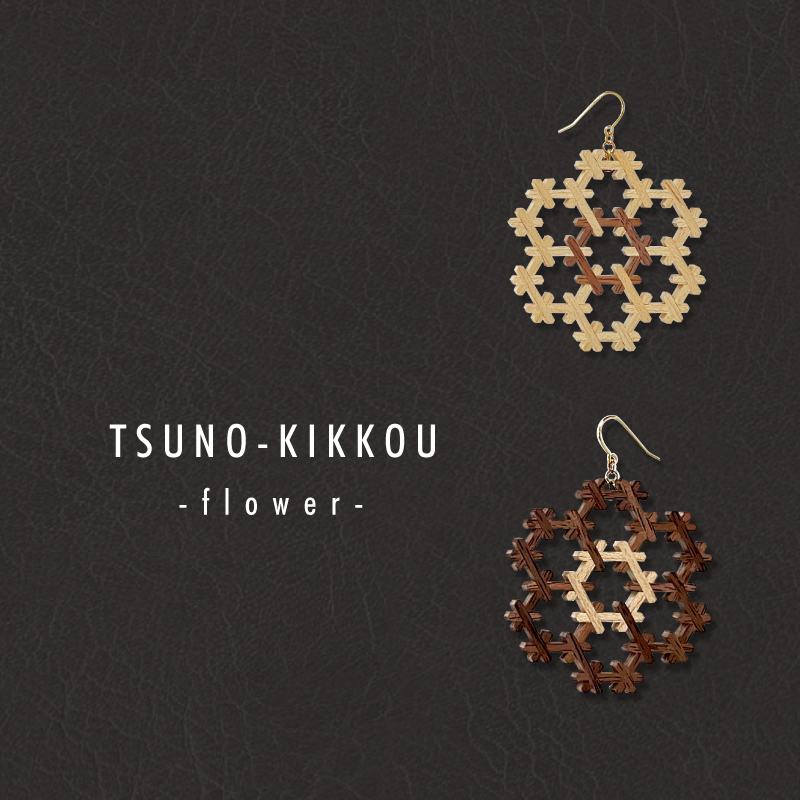

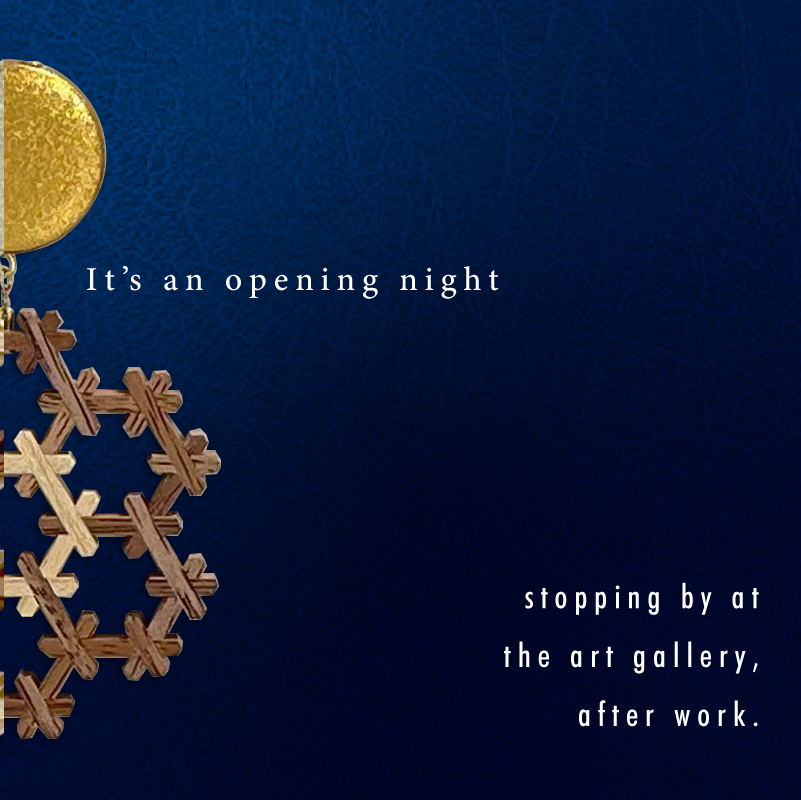
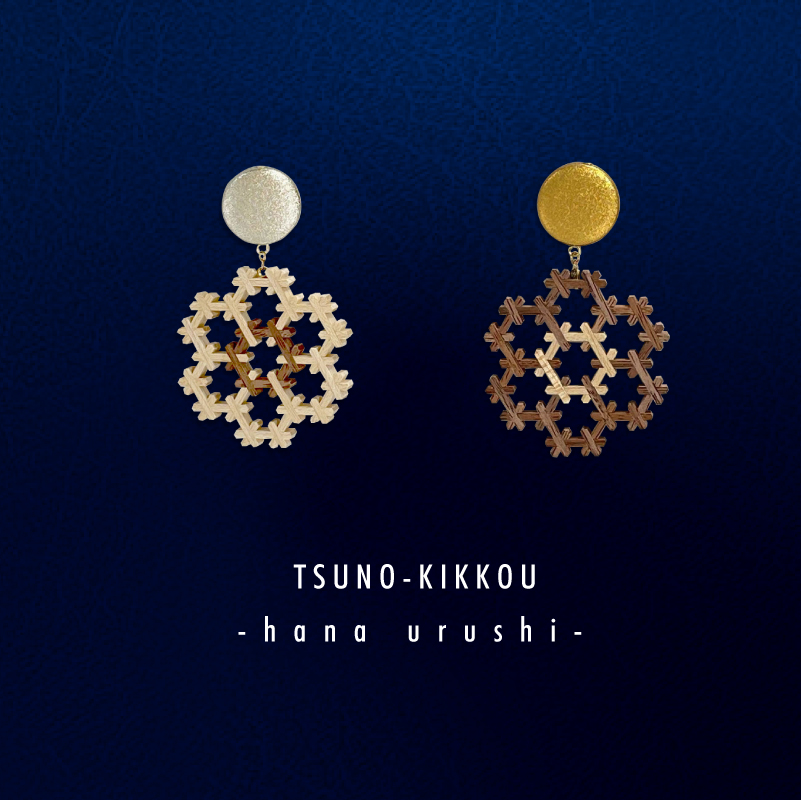
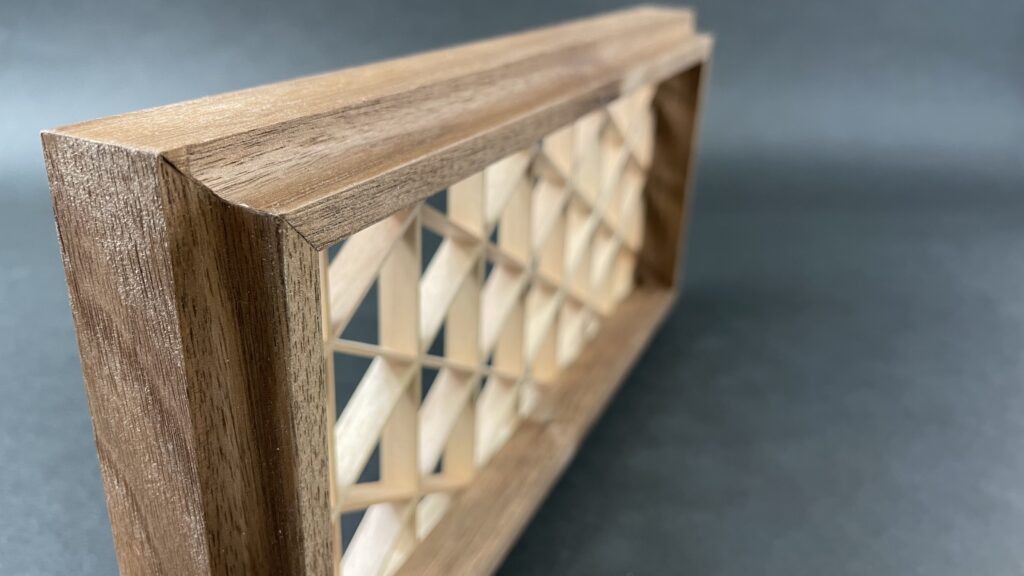
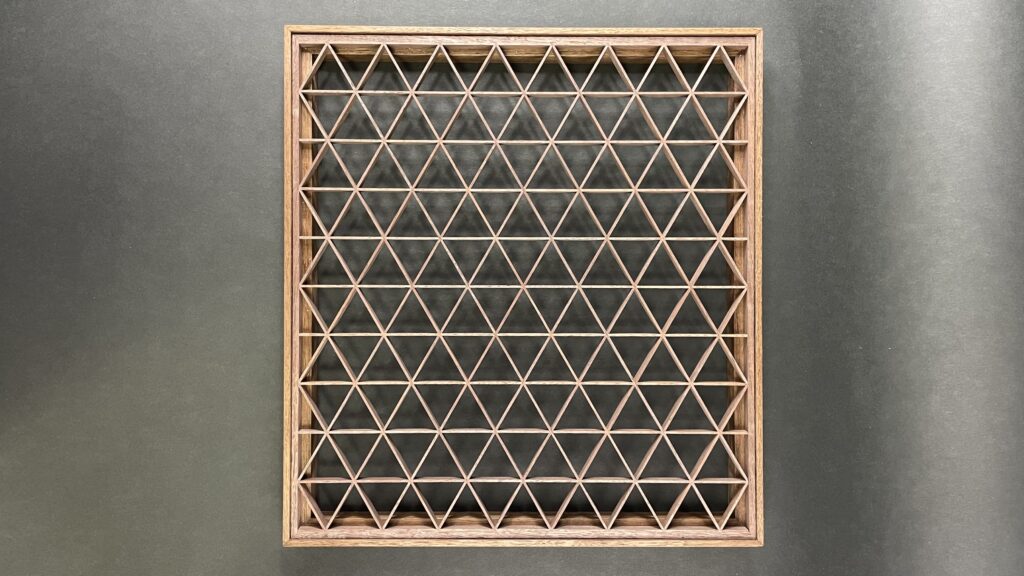
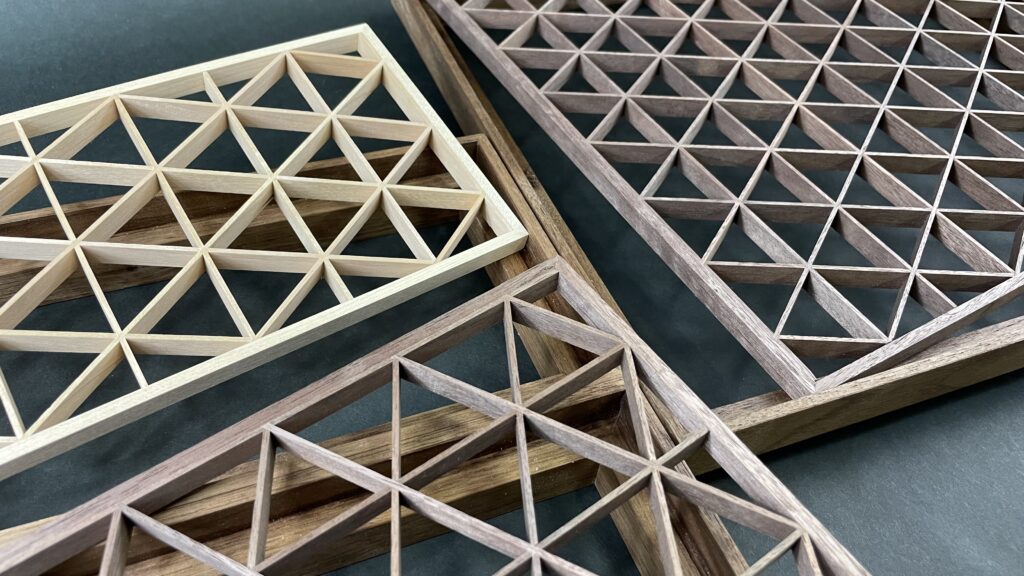


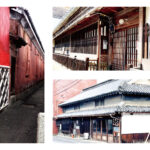


Comments by satoko